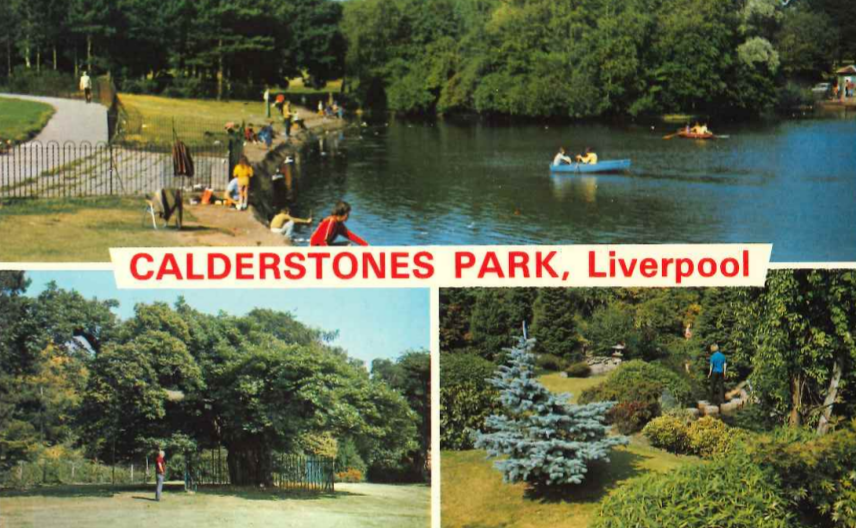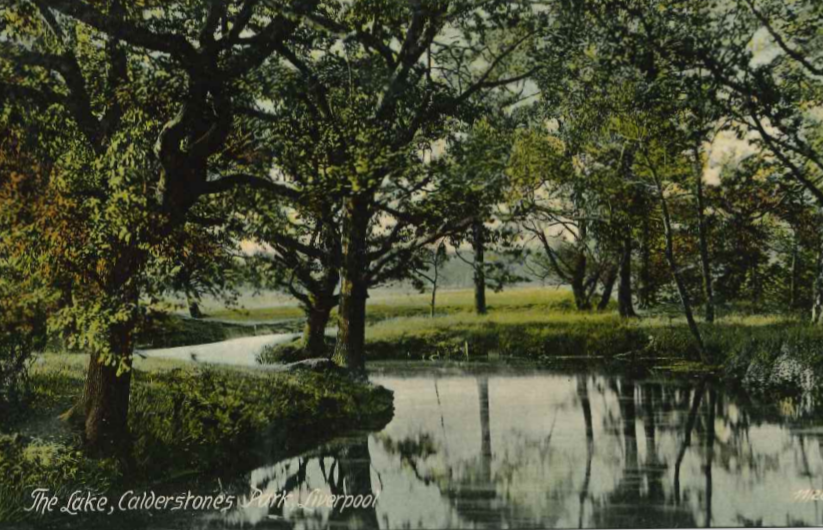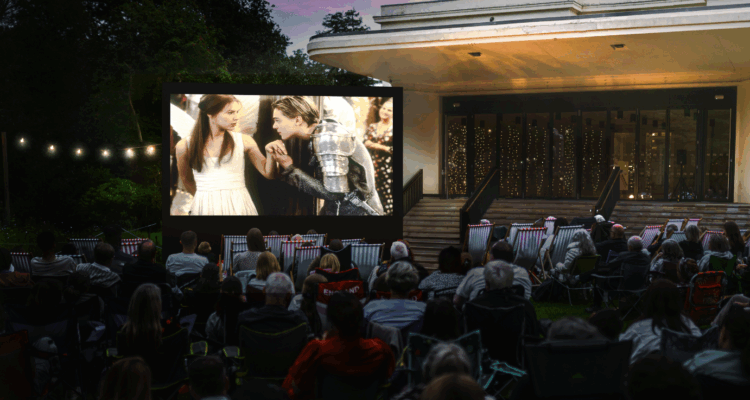Calderstones Archive: A Controversial Lake
Heritage Coordinator Holly Gilson takes a trip into the Calderstones Archives.

Our archive is full of photos, postcards, letters and newspaper articles relating to Calderstones Park and the Mansion House. Each shines a light on the rich and varied history of the site, such as a letter we have that was written to The Times in the 1930s.
The letter writer explains that at this point in history Calderstones Park was a gently undulating parkland with mature trees and open space. It was valued not only as a space for contemplation and exercise but also as a safe space for children to play. In the summer, mothers would send their children to the park for the day with a picnic, instructing the oldest sibling to look after the younger ones.
However, elsewhere in the city the story was less idyllic. By the 1930s Liverpool was feeling the impact of the Great Depression and there were high levels of unemployment. To try and alleviate the problem the government instituted an Unemployment Relief Fund. This allowed councils to embark on building projects to create work. The first Mersey road tunnel, the Queensway, was completed in 1934 as part of this scheme.
Liverpool also used the fund to invest in Calderstones Park, much to the frustration of our letter writer. The writer explains that the plan to create an avenue of trees would dissect the park and ruin the flow of the landscape. However, their even greater annoyance was the plan to create a lake. They worried it would make the park unsafe for the children who visited without their parents, and felt that sacrificing turf for water would be a disservice to the community.
Despite the letter both schemes went ahead. The avenue of trees became Jubilee Drive, which runs from the Yew Tree Road Car Park, through the middle of the park, and ends at the magnificent Four Seasons Gate at the corner of Harthill and Calderstones Roads. Meanwhile the lake has become an established feature of the park and an asset to leisure and wildlife. It’s hard to imagine that just over 90 years ago they were so controversial!

Share
Related Articles

Open Air Cinema FAQ’s
If you were able to snap up tickets to our brand new Open Air Cinema, check below for any queries…

New Liverpool open air cinema brings movies to the Mansion
NEW FOR 2025: Eight handpicked films will hit the big screen in Calderstones Park this summer as national Shared Reading…

A breath of fresh air! This summer’s outdoor and cultural events at our Calderstones Park home
The Reader serves up a giant scoop of summer arts and entertainment from three special summer garden parties with special…


